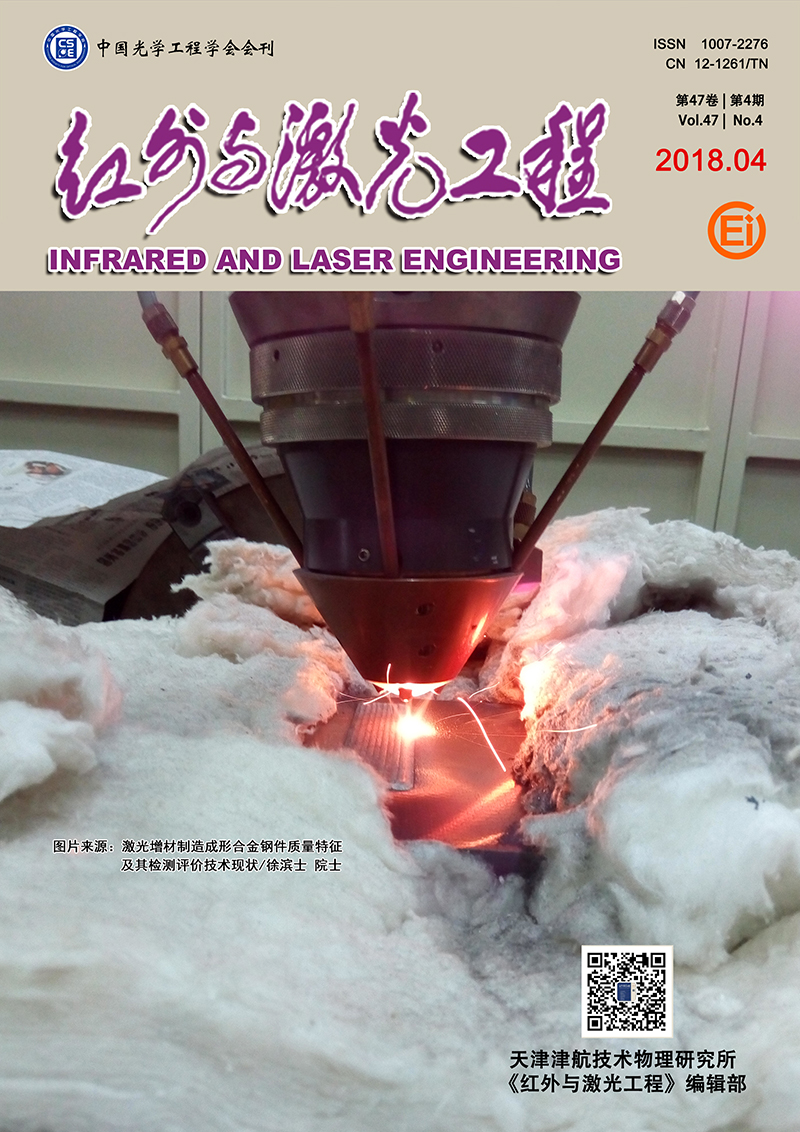|
[1]
|
Guo Jianting. High Temperature Alloy Manual[M]. Beijing:Science Press, 2008:456-460. (in Chinese)郭建亭. 高温合金手册[M]. 北京:科学出版社, 2008:456-460. |
|
[2]
|
Zou Shikun. Application of laser shock processing on aeronautical manufacturing[J]. China Surface Engineering, 2016, 29(3). (in Chinese)邹世坤. 激光冲击强化在航空制造技术上的应用[J]. 中国表面工程, 2016, 29(3). |
|
[3]
|
Zhang Y K, Lu J Z, Ren X D, et al. Effect of laser shock processing on the mechanical properties and fatigue lives of the turbojet engine blades manufactured by LY2 aluminum alloy[J]. Materials and Design, 2009, 30:1690-1703. |
|
[4]
|
An Zhibin, Shen Xiaojun, Gao Shan, et al. Nanocrystallization of Ni-based superalloy K403 by laser shock peening[J]. Infrared and Laser Engineering, 2016, 45(9):0921002. |
|
[5]
|
Wang C, Shen X J, An Z B. Effects of laser shock processing on microstructure and mechanical properties of K403 nickel-alloy[J]. Materials and Design, 2016, 89:582-588. |
|
[6]
|
Li Wei, Li Yinghong, He Weifeng, et al. Development and application of laser shock processing[J]. Laser and Optoelectronics Progress, 2008, 45(12):15-19. (in Chinese)李伟, 李应红, 何卫锋,等. 激光冲击强化技术的发展和应用[J]. 激光与光电学进展, 2008, 45(12):15-19. |
|
[7]
|
Sano Y, Obata M, Kubo T, et al. Retardation of crack initiation and growth in austenitic stainless steels by laser peening without protective coating[J]. Materials Science and Engineering, 2006, 417(1-2):334-340. |
|
[8]
|
Sano Y, Masaki K, Gushi T, et al. Improvement in fatigue performance of friction stir welded A6061-76 aluminum alloy by laser peening without coating[J]. Materials and Design, 2012, 36:809-814. |
|
[9]
|
Msswad E, Sano Y, Wagner L, et al. Investigation of laser shock peening effects on residual stress state and fatigue performance of titanium alloys[J]. Materials Science and Engineering, 2012, 536:82-91. |
|
[10]
|
Jiao Yang, He Weifeng, Luo Sihai, et al. Study of micro-scale laser shock processing without coating improving the high cycle fatigue performance of K24 simulated blades[J]. Chinese Journal of Lasers, 2015, 42(10):1003002. (in Chinese)焦阳, 何卫锋, 罗思海, 等. 无保护涂层激光冲击提高K24合金高周疲劳性能研究[J]. 中国激光, 2015, 42(10):1003002. |
|
[11]
|
Li Yuqin, Wang Xuede, Song Feilong, et al. Study on microstructure and performances of 304 stainless steel treaded by laser shock processing[J]. Infrared and Laser Engineering, 2016, 45(10):1006005. (in Chinese)李玉琴, 王学德, 宋飞龙, 等. 激光冲击304不锈钢微观组织和性能研究[J]. 红外与激光工程, 2016, 45(10):1006005. |
|
[12]
|
Qiao Hongchao, Zhao Yixiang, Zhao Jibin. Effect of laser peening on microstructures and properties of TiAl alloy[J]. Optics Precision Engineering, 2014, 22(7):1766-1773. (in Chinese) |
|
[13]
|
Li Yuqin, He Weifeng, Nie Xiangfan, et al. Research on GHH133 nickel-alloy under laser shock processing[J]. Rare Metal Materials and Engineering, 2015, 44(6):1517-1521. (in Chinese)李玉琴, 何卫锋, 聂祥樊, 等. GHH133镍基高温合金激光冲击强化研究[J]. 稀有金属材料与工程, 2015, 44(6):1517-1521. |
|
[14]
|
Hua Yinqun, Xue Qing, Liu Haixia, et al. Study of the substructure in nanometer copper thin films treated by laser shock processing[J]. Chinese Optical Letters, 2013, 11(3):1402. |
|
[15]
|
Li Yazhi, Wang Qi, Zhang Zipeng, et al. Exploring further fatigue crack closure in residual stress field through numerical simulation[J]. Journal of Northwestern Polytechnical University, 2011, 29(1):97-10. (in Chinese)李亚智, 王启, 张自鹏, 等. 残余应力场中疲劳裂纹闭合的数值分析[J]. 西北工业大学学报, 2011, 29(1):97-102. |
|
[16]
|
Shen Xiaojun, Wang Cheng, An Zhibin, et al. Effects of oblique laser shock processing on rotary bending fatigue of aero-engine fan shaft[J]. Infrared and Laser Engineering, 2015, 44(12):3548-355. (in Chinese)沈晓骏, 汪诚, 安志斌, 等. 斜激光冲击对航空发动机风扇轴弯曲疲劳性能的影响[J]. 红外与激光工程, 2015, 44(12):3548-3553. |









 DownLoad:
DownLoad: